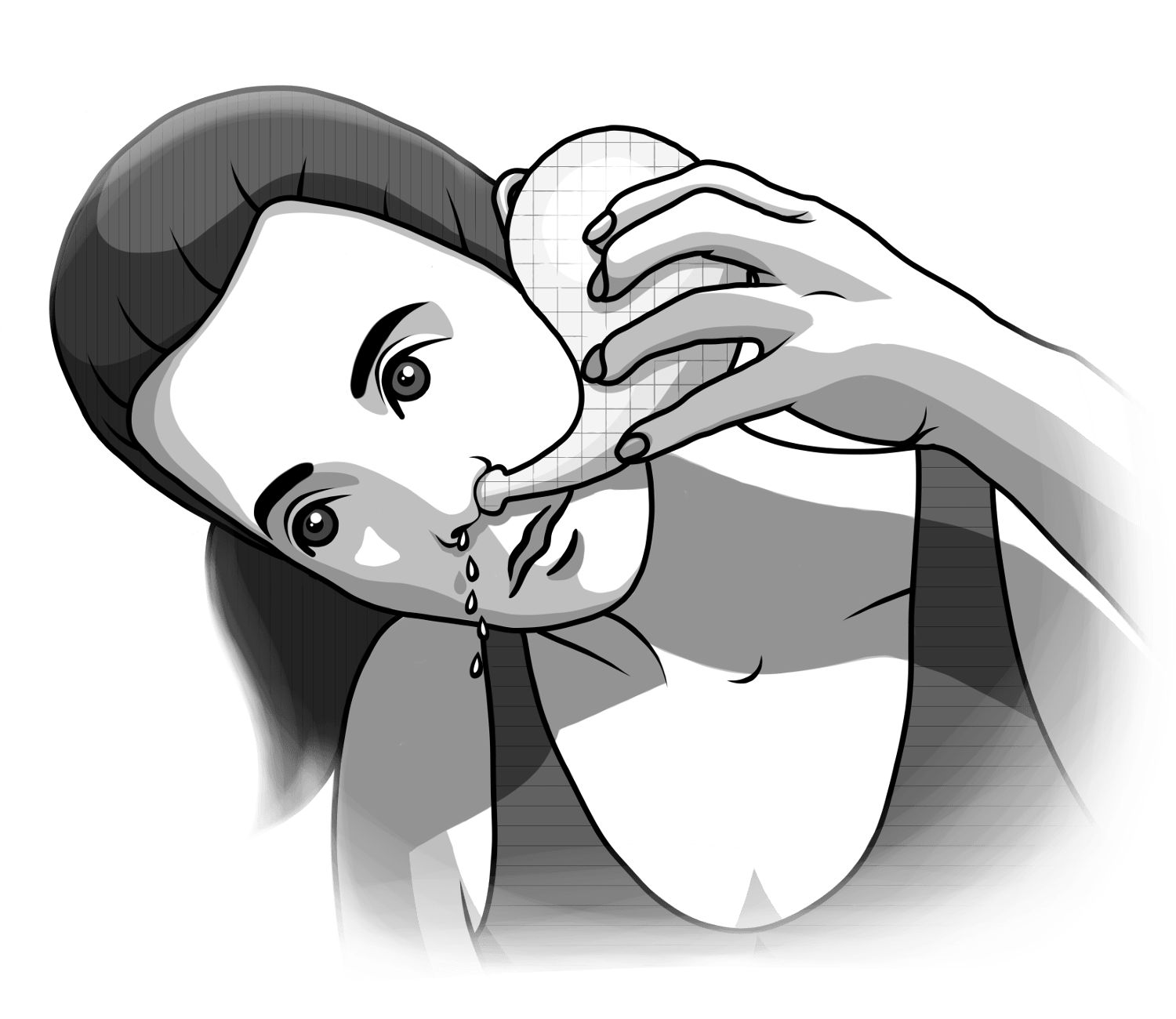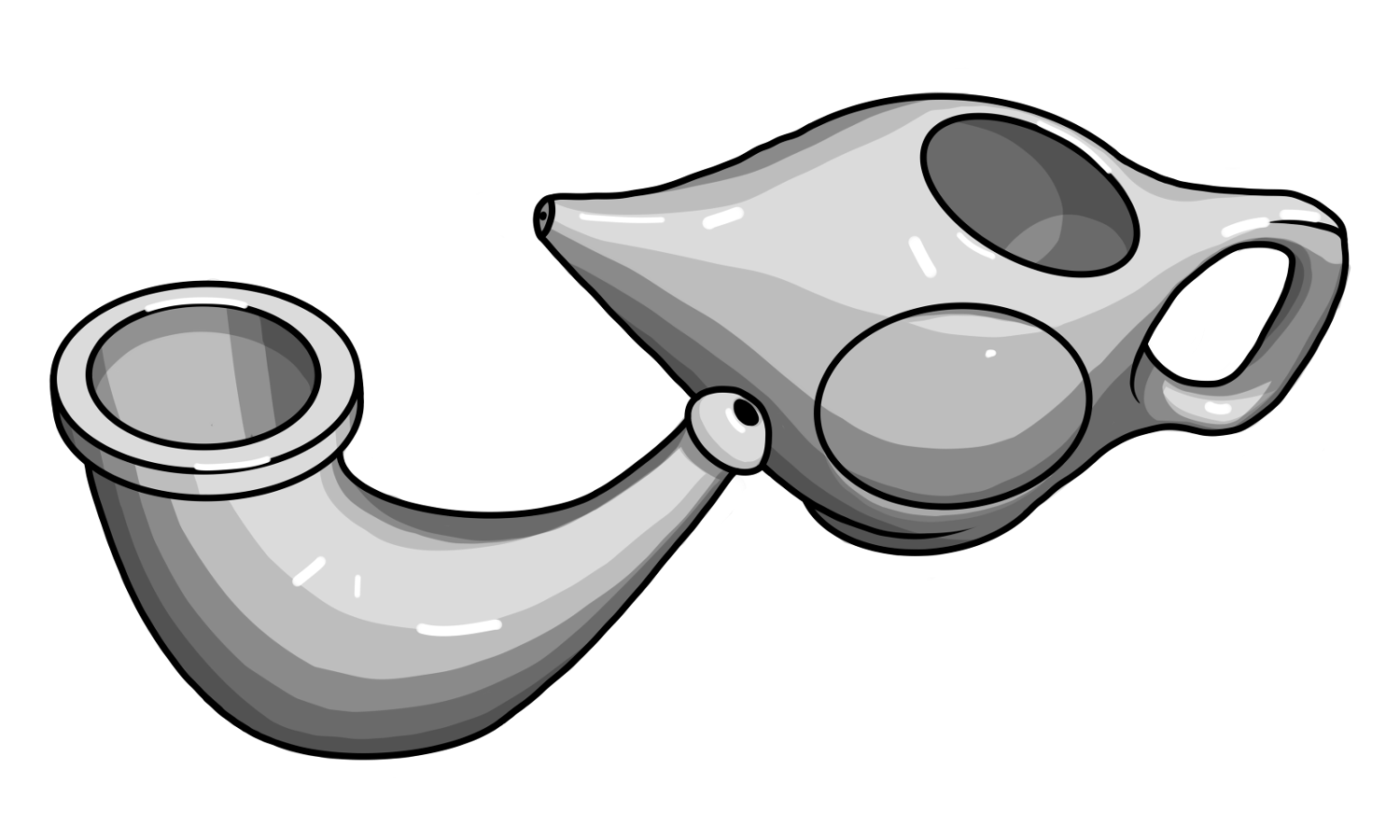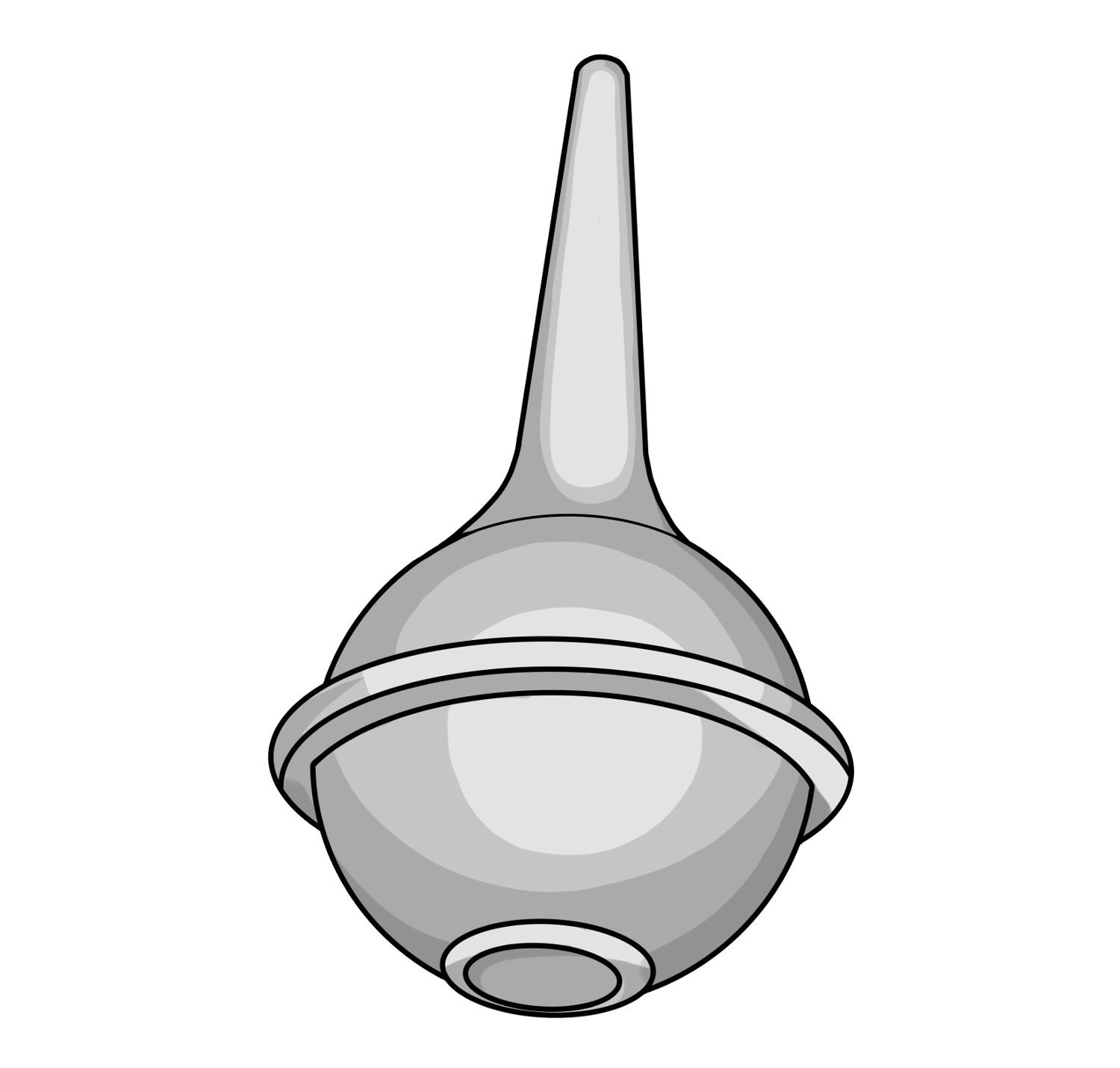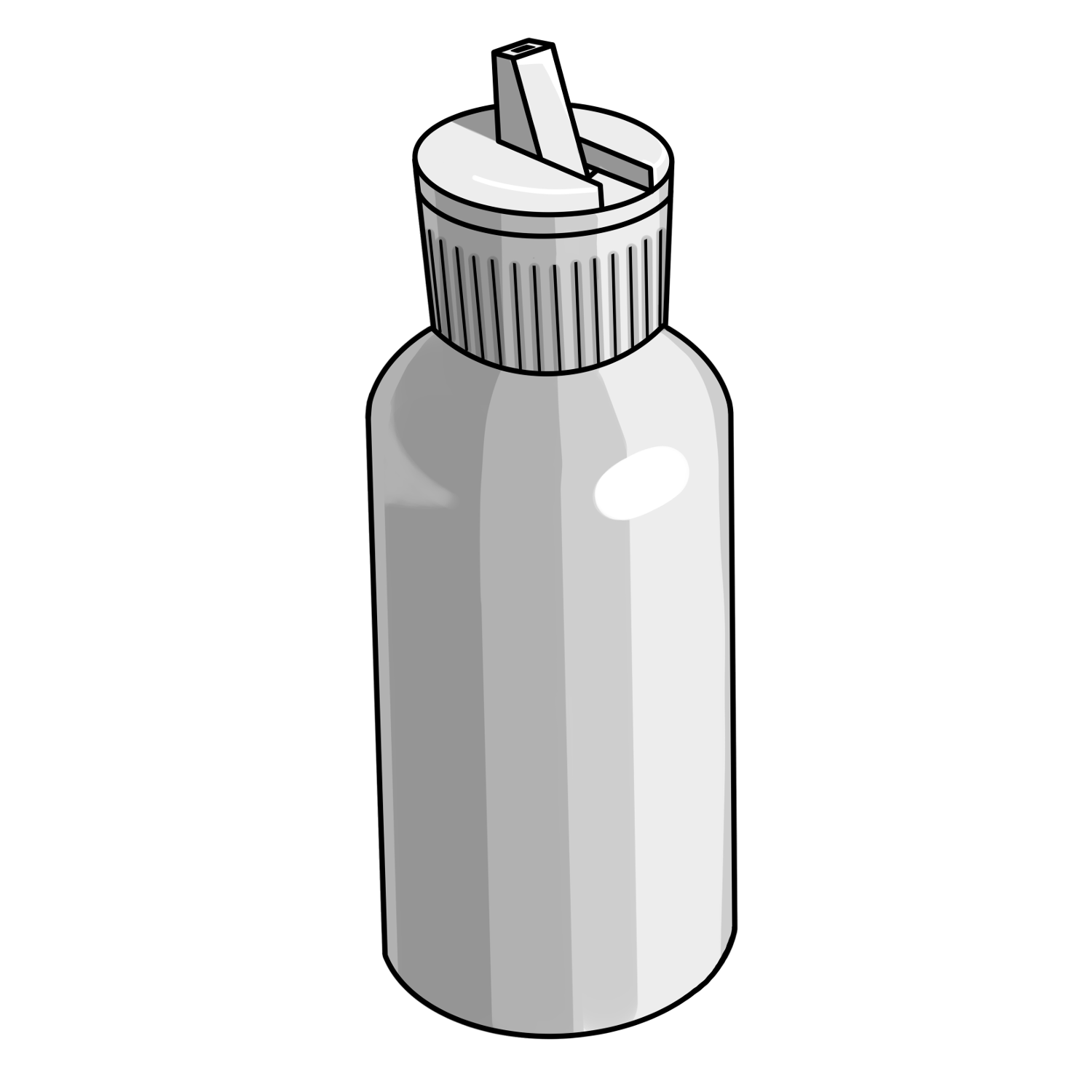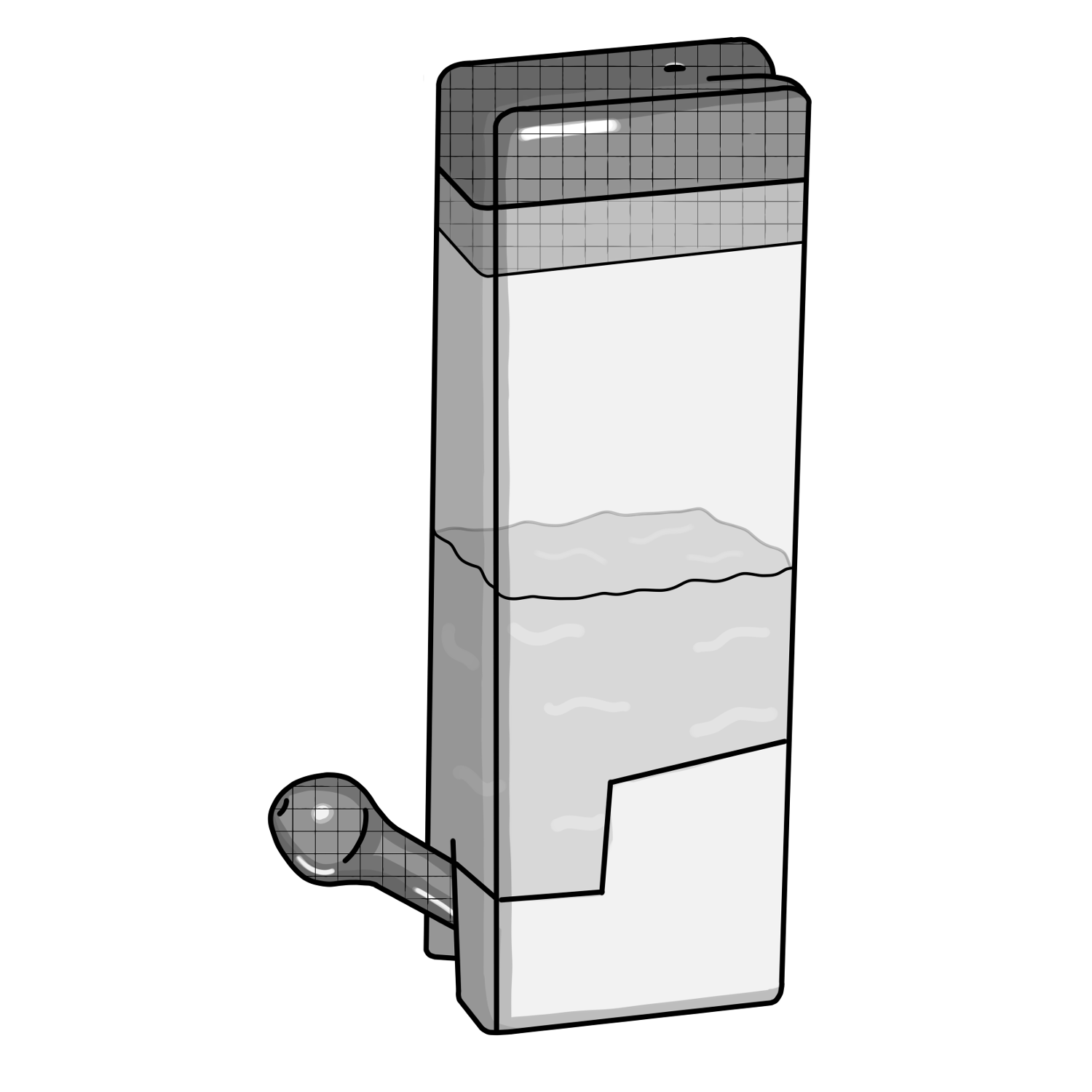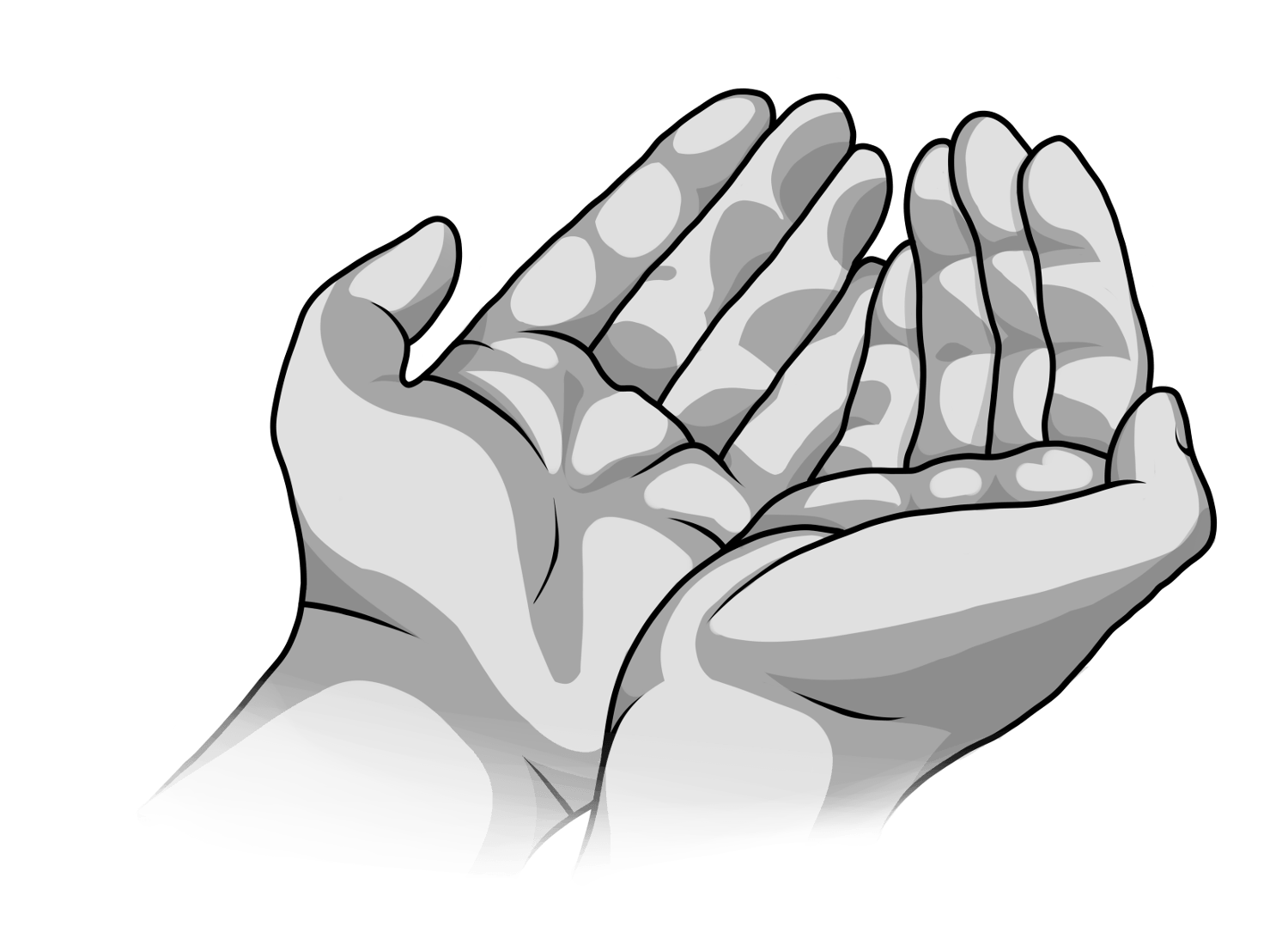Difference between revisions of "Nasal rinsing/ru"
(Created page with "=== Емкость для раствора === Есть много разных вариантов: * Чайничек для промывания носа (Neti pot)<br /> <...") |
(Created page with "Что бы вы ни выбрали, убедитесь, что емкость тщательно вымыта и/или стерилизована до и после исп...") |
||
| Line 53: | Line 53: | ||
</div> | </div> | ||
| − | + | Что бы вы ни выбрали, убедитесь, что емкость тщательно вымыта и/или стерилизована до и после использования, а ваши руки - вымыты. | |
== Process == | == Process == | ||
Revision as of 16:58, 24 April 2020
Промывание носа, или полоскание носа - это индивидуальная гигиеническая процедура для очищения полостей носа.
Эффекты
- вымывает слизи и пыли из носа и пазух
- снимает отеки слизистой
- облегчает головную боль и симтомы ринорею и заложенность носа, вызванную хроническим синуситом
- убирает неприятный запах изо рта
- помогает эффективней дышать при острой инфекции верхних дыхательных путей
- облегчает симптомы, связанные с аллергическим ринитом
- предотвращает опухание глаз при аллергии
Важно! Не делайте процедуру, если ваш нос полностью забит. Пожалуйста, проконсультируйтесь с врачом, если у вас есть какие-либо сомнения относительно безопасности этого метода для вашего здоровья.
Истоки, история
Носовое орошение, которое на Санксрите называется «Джала Нети», было разработано в Древней Индии в традиции аюрведической йоги и является одной из шести очищающих практик, или «крий» Йоги. Считается, что "чистое" дыхание ведет к ясному мышлению; следовательно, очистив нос, можно достичь более высокого состояния медитации. Кроме того, йоги считают, что чистка носа помогает преодолеть плохие привычки, перепады настроения и раздражительность.
Это также шаг в практике омовения ("Вуду") у мусульман.
В странах бывшего Советского Союза очищение носа соленой водой является эффективным народным методом лечения, который считается безопасным даже для младенцев.
В США «чайничек для промывания носа» (neti pot) впервые приобрел популярность после того, как доктор Оз показал его на шоу Опры Уинфри в 2007 году.
Подготовка
Для этой практики вам понадобиться:
Солевой раствор
Вы можете купить готовый солевый раствор, предназначенный для назального орошения, в аптеке, либо приготовить его самостоятельно.
Это очень просто:
- Измерьте одну чайную ложку натуральной морской соли или НЕ йодированной поваренной соли (кошерной, соли для консервированная или маринования), без каких-либо противослеживающих агентов или консервантов, поскольку они могут раздражать слизистую.
- Добавьте 1/4 - 1/3 чайной ложки пищевой соды (по желанию).
- Добавьте один стакан (250 мл) теплой воды, лучше дистиллированной, или кипяченая и охлажденная, либо фильтрированой. Не используйте водопроводную воду.
- Перемешивайте, пока соль и пищевая сода не растворится в воде. Убедитесь, что вы используете стерильный инструмент для перемешивания смеси.
Емкость для раствора
Есть много разных вариантов:
- Чайничек для промывания носа (Neti pot)
- Резиновая груша
- Бутылочка-дозатор
- Специальное устройство для промывания носа
- Просто ваши ладони
Что бы вы ни выбрали, убедитесь, что емкость тщательно вымыта и/или стерилизована до и после использования, а ваши руки - вымыты.
Process
The procedure depends on the container you choose, but mainly it consists of such steps:
- Fill the container with saline solution.
- Bend over the the sink or a large bowl and turn your head to the side so that your ear is facing the sink. Keep your forehead at the same height as the chin, or slightly higher.
- Breathe through your mouth.
- Insert the spout of the container in the upper nostril. Hold it in such a way as to form a seal, preventing water from coming back out the entrance. Slowly raise the handle of your irrigation device. If you are using a syringe bulb, you may now begin to gently squeeze the saline solution out. If you are using a neti pot, simply let the water flow slowly into the upper nostril and out of the lower nostril. Empty ½ of the container per nostril. You may find it helpful to produce "" sound while doing that.
- Repeat the process on the other side.
- Rest your head over the sink and blow your nose gently (without using your fingers to pinch it) to remove the excess water. Do this until most of the dripping has subsided and you can breathe through the nose easily again.
- Remove the rest of the water and completely clear out your nose by blowing into a tissue, without closing off either nostril.
- If the solution drains out of your mouth, lower your forehead in relation to your chin.
If you are using your hands only, do the following:
- Scoop up the saline solution with your cupped hands.
- Bend over the the sink or a large bowl and lean your head to your palms.
- Snort the water with your nose.
- Let the water pour out of your mouth. Make sure you let it out in time so you don't have choking feeling. It might take some practice to make it feel comfortable.
- Rest your head over the sink and blow your nose gently (without using your fingers to pinch it) to remove the excess water. Do this until most of the dripping has subsided and you can breathe through the nose easily again.
- Remove the rest of the water and completely clear out your nose by blowing into a tissue, without closing off either nostril.
Questions
How often can I do it?
You can do it as often as it is comfortable for you. As it is symptomatic treatment, do it until the unpleasant symptoms disappear, for instance, twice a day till the end of blooming season of flowers you are allergic to, or a few times a day until your running nose gets better.
What are the contraindications?
It is not recommended to do nasal rinsing without the doctor's permission in following cases:
- Clogged nasal cavity that you cannot breathe through the nose at all.
- Predisposition to otitis and other ear diseases.
- Severe dizziness and fatigue, as in this cases it is not absolutely safe to perform this procedure.
Are there any scientific proofs of this method?
Yes, there are plenty. You can look through those articles and studies:
- Tomooka LT, Murphy C, Davidson TM (2000). "Clinical Study and Literature Review of Nasal Irrigation". The Laryngoscope. 110 (7): 1189–1193. doi:10.1097/00005537-200007000-00023. PMID 10892694.
- Brown CL, Graham SM (February 2004). "Nasal irrigations: good or bad?". Curr Opin Otolaryngol Head Neck Surg. 12 (1): 9–13. doi:10.1097/00020840-200402000-00004. PMID 14712112.
- Rabago D, Pasic T, Zgierska A, Mundt M, Barrett B, Maberry R (2005). "The Efficacy of Hypertonic Saline Nasal Irrigation for Chronic Sinonasal Symptoms". Otolaryngology - Head and Neck Surgery. 133 (1): 3–8. doi:10.1016/j.otohns.2005.03.002. PMID 16025044.
- Harvey R, Hannan SA, Badia L, Scadding G (2007). Harvey, Richard, ed. "Nasal saline irrigations for the symptoms of chronic rhinosinusitis". Cochrane database of systematic reviews (Online) (3): CD006394. doi:10.1002/14651858.CD006394.pub2. PMID 17636843.
- Pynnonen MA, Mukerji SS, Kim HM, Adams ME, Terrell JE (2007). "Nasal Saline for Chronic Sinonasal Symptoms: A Randomized Controlled Trial". Archives of Otolaryngology - Head and Neck Surgery. 133 (11): 1115–1120. doi:10.1001/archotol.133.11.1115. PMID 18025315.
- Rabago, David (1 June 2008). "The Use of Saline Nasal Irrigation in Common Upper Respiratory Conditions". U.S. Pharmacist.
- Sarah-Anne Schumann; John Hickner (July 2008). "Patients insist on antibiotics for sinusitis? Here is a good reason to say "no"" (PDF). The Journal of Family Practice. 57 (7).
- Kassel JC, King D, Spurling GK (2010). King, David, ed. "Saline nasal irrigation for acute upper respiratory tract infections". Cochrane Database Syst Rev (3): CD006821. doi:10.1002/14651858.CD006821.pub2. PMID 20238351.
- Hermelingmeier, Kristina E.; Weber, Rainer K.; Hellmich, Martin; Heubach, Christine P.; Mösges, Ralph (2012-09-01). "Nasal irrigation as an adjunctive treatment in allergic rhinitis: a systematic review and meta-analysis". American Journal of Rhinology & Allergy. 26 (5): e119–125. doi:10.2500/ajra.2012.26.3787. ISSN 1945-8932. PMC 3904042Freely accessible. PMID 23168142.
- King, D; Mitchell, B; Williams, CP; Spurling, GK (20 April 2015). "Saline nasal irrigation for acute upper respiratory tract infections.". The Cochrane database of systematic reviews. 4: CD006821. doi:10.1002/14651858.CD006821.pub3. PMID 25892369.
